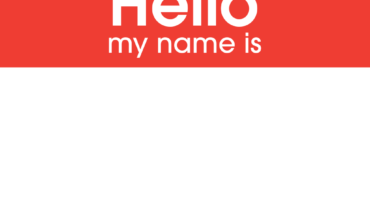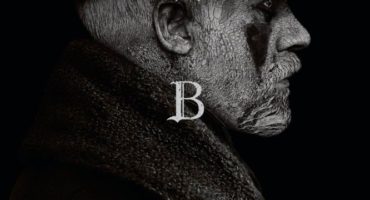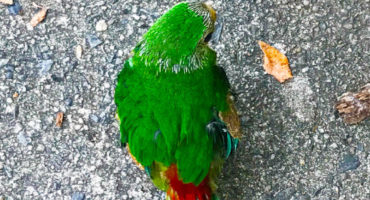We Media Photo Analysis
Salam Adil writes a wonderfully nuanced analysis of the Reuters image we’ve used to promote the We Media Global Forum, which starts tomorrow in London. The photo shows a veiled woman raising one finger stained with blue ink – a symbol of having voted in Iraq. As Adil notes, the image itself is challenging on many levels. Was it spontaneous or staged? Is it an accurate reflection of Iraq, or Iraqi women?
What I love about this post is not merely the analysis but some research behind it – Adil found another image taken by the same photographer – one which appears to be staged and which, thus, casts further doubt on the spontaneity of the “finger” image.
Technorati Tags: wemedia
Previous Comments
Salam Adil’s post is really interesting but I think there are two different issues tied together here – the relevance of the image, and whether it was staged or not..
Perhaps the idea of the logo was to evoke the power of ‘free expression against the odds’, but the image also throws up many other reactions that aren’t really relevant to the themes of the conference (for example, the image partly evokes the universally recognised gesture for telling people to be quiet and that doesn’t seem to encapsulate the idea of media exchange and trust). In that sense, the logo doesn’t tightly express and focus us on the idea of the meeting.
I’m guessing that the image was partly chosen because the idea of muslim women silenced-but-defiant is one the Western media loves to sensationalise. The sensationalism irritates many of us who are neither Iraqi, nor muslim, nor directly implicated in any other way, and to judge from Salam’s post, it also appears to be a self-administered bullet through the foot if we wanted to advocate greater trust between mainstream and citizen media (and presumably their consumers). But I would disagree that the possibility that the original picture was staged is relevant, at least while it is being used as a logo.
If I wanted to use one powerful image to symbolise the pro-immigrant campaign in the US at the moment and I picked a person of colour raising a fist in front of a US flag, that would be agitprop to express a powerful idea. If I got the person to stand in front of the flag and took the picture, would I be falsifying anything? I don’t think so. If the photographer who set up the woman with the inked finger wanted to make a a piece of agitprop in favour of voting and to express the power of voting even for, or especially for members of that society with otherwise restricted chances of being heard, that’s not falsification, it’s advocacy and I don’t see what’s wrong with it – it’s just something we can agree or disagree with.
All that changes if it was meant to depict a real event, i.e. it’s a news picture – if it was staged to look as though something really happened but it was in fact manipulated, that’s a lie. But we’re talking about a logo here, not a news picture. Why would it have to be spontaneous?
I agree with you, Akwe about your deconstruction of the iconography of the image, and I think it’s important. But I also think that in the context of Iraq the concept of, for want of a better word, “authenticity” of images is important too.
The image is part of a continuum with includes the carefully marshalled crowds in Baghdad for the TV cameras to record the pulling down of the statue of Saddam Hussein, and the subsequent photoshopping of a screen grab to include “more people” to provide a suitably impressive front-page picture for a British newspaper.
Trust is important in the visual as well as verbal realm and I think while We Media had no intention to mislead with their image the issues this debate has raised – of cultural sensitivity and authenticy – are timely for the Forum.




That’s probably true that it’s staged, but a lot of photos are staged. It’s still an amazing image and very thought provoking. My only question would be how it relates to We Media…. Looking forward to the show!